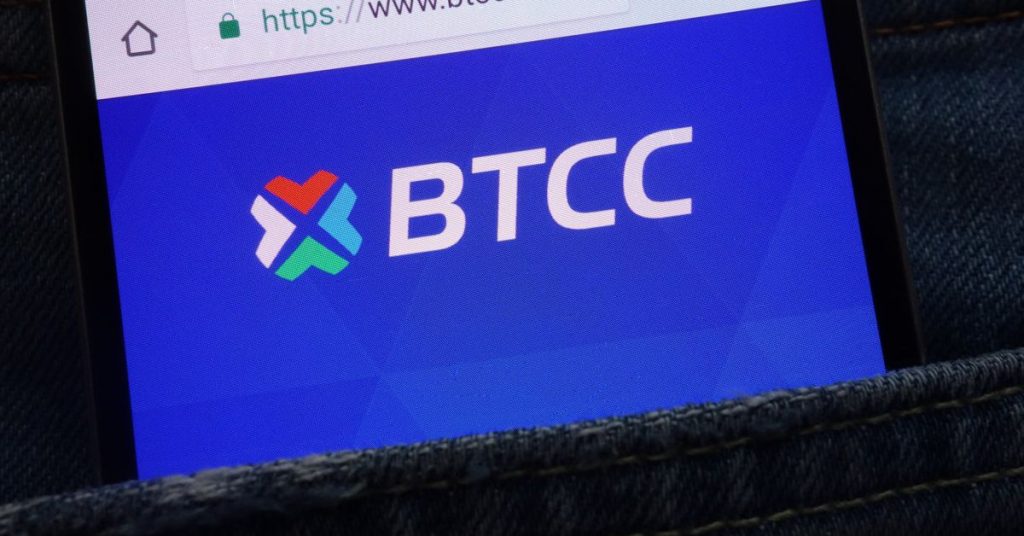Risks and Benefits of Bitcoin Futures Trading

Despite being profitable and exciting, Bitcoin Futures Trading is not without its risks. The currency is volatile and speculative, with secondary activity causing large price swings. Past performance is not indicative of future results. To avoid being scammed, readers should research the product or service and visit relevant regulators’ websites. In this article, we will discuss the risks and benefits of Bitcoin Futures Trading and the CFTC’s regulations.
CFTC regulates bitcoin futures trading
The CFTC will be closely monitoring the activities of the DCOs and the virtual currency futures market. The agency will be monitoring price volatility and the use of margin periods that are longer than normal. If the CFTC finds that a DCO is not following the rules, it can order it to increase its margin. The CFTC will also monitor the clearing firms and the individuals who engage in the trading.
While lawmakers debate how to regulate virtual currencies, the CFTC is adding more resources to help police the digital asset market. A bitcoin futures exchange-traded fund offers investors exposure to the futures contracts. However, if an investor is unsure of what they are investing in, they should consult with a licensed attorney. The CFTC is a regulatory body for commodities and the financial markets in general, and it has the power to regulate the virtual currency industry.
Expiration date of contracts
Each Bitcoin futures contract has a specific expiration date, and the trader must sell or offset his current position before that date. This allows the trader to keep an eye on market prices and make a profit. This process continues throughout the year. The first Bitcoin futures contract expiration date occurred on February 5, 2018, and was followed by two other contracts in December, 2018.
Expiration days in bitcoin futures trading are generally Fridays. Expiration dates have significant impacts on price movements in the market. Large derivative markets tend to see a spike in trading activity on these dates, as traders rebalance their positions or unwind them. This surge in trading activity results in greater volatility and can spill over to underlying assets. Therefore, traders should avoid trading on the day of expiration if possible.
Margin requirements
Margin requirements for bitcoin futures trading vary depending on the platform. On the CME, a short futures position would require 37% of the price of the contract. On a longer term, a long position would require 110%. However, FCMs may require even higher margins. You can access CME’s markets directly through their CME Direct service. In addition, CME’s futures contracts can be purchased for as little as $1.
The initial margin required by a broker is stated as a percentage or a decimal. It is multiplied by the size of the position you are attempting to open. For example, if you want to buy a position worth $10,000, you would need to deposit $25,000 of your own money, or 25% of the total contract price, and finance the rest using leverage. But don’t worry, there’s a simple way to calculate your margin requirement.







